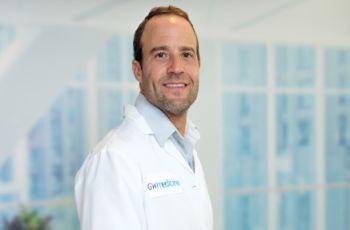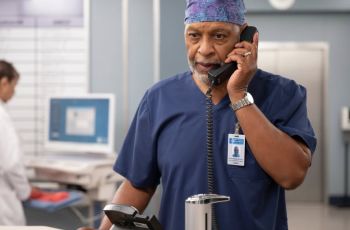Every year, thousands of women make an appointment for a mammogram, taking an important step to protect their health. According to Sora Ely, MD, a thoracic surgeon at the GW Cancer Center, that same visit is also an opportunity to discuss lung cancer screening. “If you’re already coming in for an annual mammogram, it’s a perfect opportunity to ask about whether you qualify for an annual ‘lung-o-gram,’” she says. “For people who are eligible based on their smoking history, early detection truly saves lives.”
Why Lung Cancer Screening Matters
Lung cancer remains one of the deadliest cancers in the United States, largely because it is often discovered late. According to the American Lung Association, only about 27 percent of lung cancers are diagnosed when they are still early-stage. At that point, the five-year survival rate averages 64 percent. When lung cancer is found after it has spread, that number drops to around 9 percent. Early detection with screening is critical to achieving better survival and maximizing treatment options.

A large, randomized, US clinical trial showed that lung cancer screening reduces lung cancer mortality by at least 20%.
Another large, international study showed that people whose cancers were found through annual low-dose CT (LDCT) screening had an impressive 20-year lung cancer survival rate of about 81 percent, with survival reaching 95 percent for those diagnosed at the earliest stage.
Who Should Consider Screening
Lung cancer screening is not recommended for everyone, but it is vital for those at higher risk. The U.S. Preventive Services Task Force recommends annual LDCT scans for adults who:
- Are between 50 and 80 years old
- Have a 20 pack-year smoking history (the equivalent of smoking one pack a day for 20 years or two packs a day for 10 years)
- Currently smoke or quit within the past 15 years
Even those who do not meet these exact criteria may benefit from a conversation with their healthcare provider if they have other risk factors, such as exposure to secondhand smoke, radon, or certain occupational hazards.
What to Expect From Screening
If you and your provider decide screening is appropriate, here’s what typically happens:
- Referral to a Lung Cancer Screening Program
Your primary care provider may be able to offer you lung cancer screening, or they may refer you to a dedicated program such as the GW Lung Cancer Screening Program.
- Shared decision-making
Either way, your smoking and health history will be reviewed, as well as the benefits and limitations of screening. You’ll decide whether to proceed with screening.
- The scan itself
A low-dose CT scan is quick, painless, and uses much less radiation than a regular CT. The entire process often takes less than ten minutes.
- Review and follow-up
Results are carefully reviewed. If nothing suspicious is found, you’ll likely return for another scan in a year. If a small spot or nodule is seen, it may be re-checked with repeat imaging in a few months. “Most nodules we find are benign,” Dr. Ely explains. “But we never ignore them. Careful monitoring lets us act quickly if something changes.”
- Ongoing care
Annual screening continues as long as you meet the guidelines and remain at elevated risk. Consistent follow-up is key to catching new findings early.
The Power of Early Detection
When lung cancer is found and treated before it spreads, outcomes improve dramatically. Data from the National Cancer Institute’s Surveillance, Epidemiology, and End Results (SEER) program show that people diagnosed at an early, localized stage have a five-year survival rate of nearly 65 percent.
“Management of lung cancer, which many previously thought of as a death sentence, has undergone a revolution in the last several years. When we catch lung cancer at its earliest stages, when it’s tiny and localized, modern cure rates can be over 90%,” Dr. Ely explains. “These numbers give me hope!”
Make Lung Screenings Part of Your Prevention Plan
If you’re scheduling a mammogram, take a moment to ask about lung screening. Share your smoking history and any relevant exposures, so your provider can determine if LDCT screening is right for you.
“You already make time for your health when you schedule your mammogram,” Dr. Ely says. “Let’s make the most of that moment. Ask the question. Get the screening if it’s right for you, and together we can shift toward more stories of survival and strength. With every early diagnosis, we move closer to a future where lung cancer is not a fatal disease, but a treatable one."
To learn more or schedule a lung cancer screening consultation, contact the GW Cancer Center Thoracic Oncology Program.



